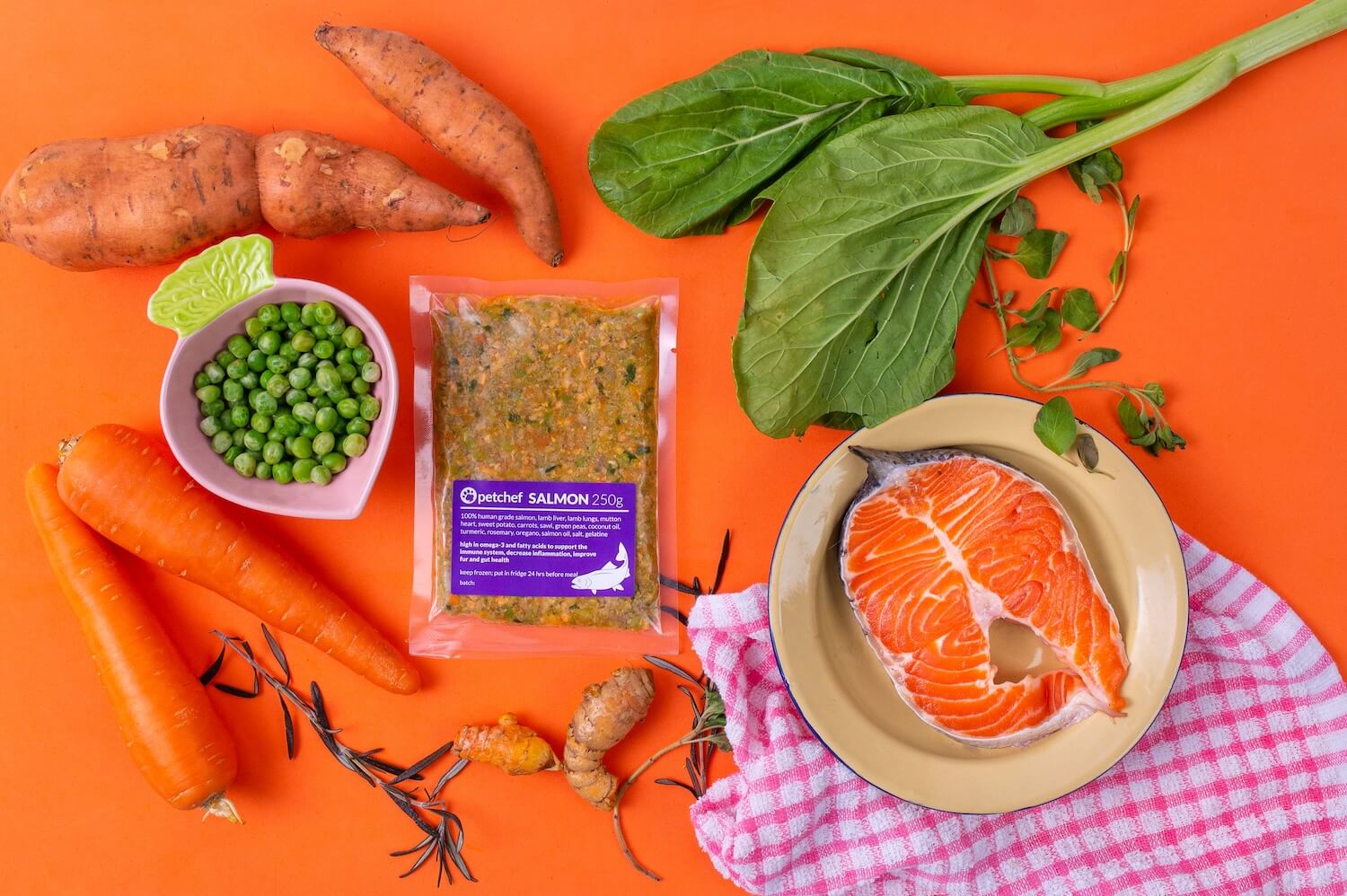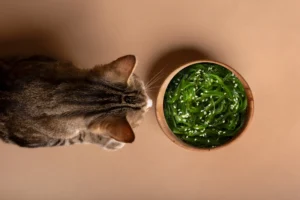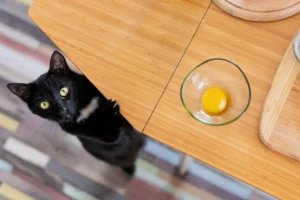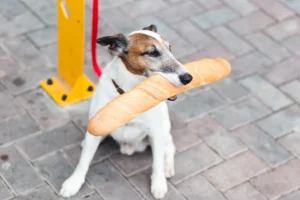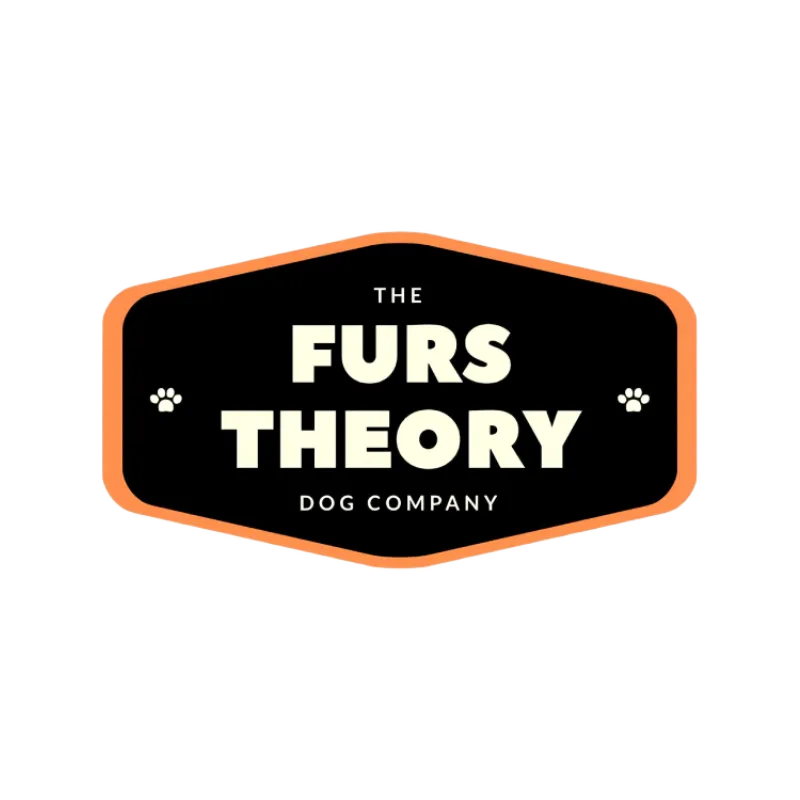Food is probably one of life’s simple pleasures. But just like everything in life, it can’t be all a positive experience. Some of us have allergies to the most common ingredients, gotten food poisoning after consuming some bad oysters, or even put on some weight due to binge eating snacks during a series of movie marathons.
Lucky for us, we are able to bring ourselves to get our health checked when we feel something’s amiss. Or hit the gym when we’re feeling a little chunky. Some of us also have the courage to be Karens and request to speak to the manager of the restaurant with the bad oysters.
As for our furkids, not so much.
Our pets may seem like they’re happily wolfing down their meals but sometimes it may not actually be the best food for them. Hence, here are some warning signs of a wrong diet that could be present right under our noses.
1. Pooping Issues
The first signs of a diet or meal gone wrong is probably in the toilet or in our furkid’s litter box. A healthy poop should be soft but firm enough to pick up, not too smelly and not produced in too large or little amounts.
It should come out with minimal effort or it could be a sign of constipation as well. To know more, here’s our guide to your dog’s poop.
2. Eating Their Poop
If you catch your dog trying to take a bite of our their own poop, don’t be too shocked. This behavior may signal a nutrient and enzyme deficiency in their diet. Hence it’s their natural instinct acting to replenish what’s lacking in their diet and body.
3. Excessive Flatulence
A farty doggo may be a result of eating too rapidly and swallowing air in the process. However, dietary causes are the main source of flatulence in dogs. Low-quality foods that are high in carbs and fillers makes it difficult to digest but so do food that contain lactose.
4. Unusually Lazy Or Too Energetic
If you’ve recently switched your pets’ diet up, their lack of zoomies around the house may indicate that they’re not consuming enough of the right nutrients to be converted into energy.
However, if they’re exhibiting signs of hyperactivity after meals, this might mean that the diet contains a high amount of carbohydrate which causes spikes in the blood sugar levels.
5. Issues With Weight (Underweight Or Overweight)
Similar to us, besides staying active, eating the right food in the right portion is one way to ensure that we maintain a healthy weight. If your dog has been receiving treats all day errday or eating food high in fats, it may have developed a chonkier exterior over the years and waddles around. However, if the food contains insufficient nourishment, their ribs and hip bones might appear prominently, indicating that they may be underweight.
Here’s a guide to knowing if your dog is fit, fat or skinny.
6. Lack Of Appetite During Feeding Time
They say, we eat with our senses. Which is probably why we feel a tingle of excitement when we smell freshly baked croissants from Aunty Annes or cookies from that little Famous Amos kiosk in a mall.
This is also why manufactured dog food like kibbles is coated with animal fat to make it more appealing to pets. But as appealing as a bag of Famous Amos cookies may be the first few times, you’ll definitely get bored and perhaps repulsed if you had to have it for every meal every day.
In this instance, the secret to getting your pet excited about feeding time again is to serve them fresh food with wholesome ingredients. Our pet’s taste buds may not be as plentiful as ours but their sense of smell is vastly more powerful hence making the natural aromas from a fresh meal very much more appealing to them.
7. Extra Hungry Even After Feeding Time
Okay so you’ve just fed your furkid a hefty bowl of food. But in they come to beg for more table scraps or treats. This could signal that they’re not eating the right portion sizes or consuming enough nutrients.
8. Extra Thirst
If your dog seems to be drinking a lot more water than usual, this could mean there’s not enough water in the food and therefore making it thirsty and dehydrated. It’s like if you’ve been eating crisps for the past hour without having anything to drink.
9. Itchy Skin
If you’ve ruled out the possibility of environmental allergens or the ingestion of mites from a stale batch of Kibbles, they may be allergic to ingredients in their food.
Here are some possible causes to your pet’s excessive itching or over-grooming.
10. Excessive Shedding, Dull And Flaky Coat
Vacuuming or sweeping up clumps of hair is an expected chore as any pet parent. But if you’ve noticed that the amount has increased, this is also a tell tale sign of a wrong diet. Essential fatty acids play an important role in giving that smooth glossy finish to your pet’s coat and healthy skin.
-//-
A well balanced diet with essential nutrients are crucial in our furkid’s long term health and lifespan. If you’ve noticed any of these signs in your dog or puppy, do speak to a vet or a pet nutritionist first before changing up their diet or even prescribing supplements.
Should you require some advice on your furkid’s diet, our Petchef Advisors are always available to answer your burning questions.




